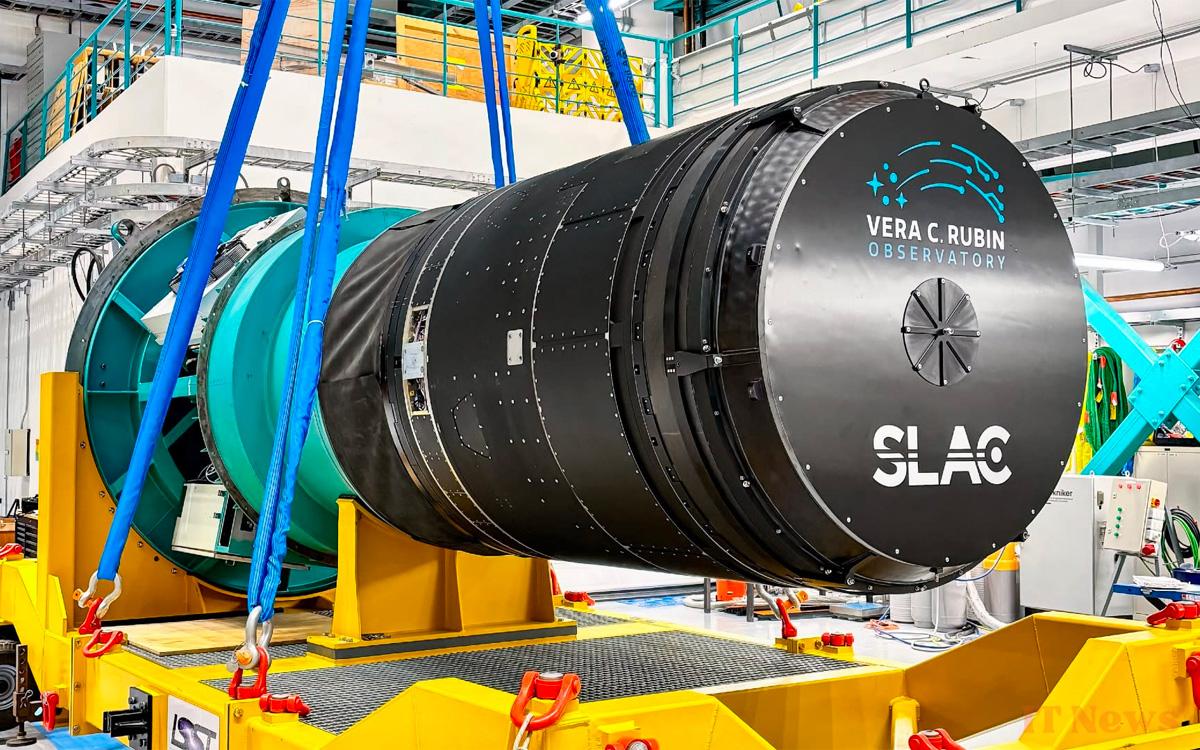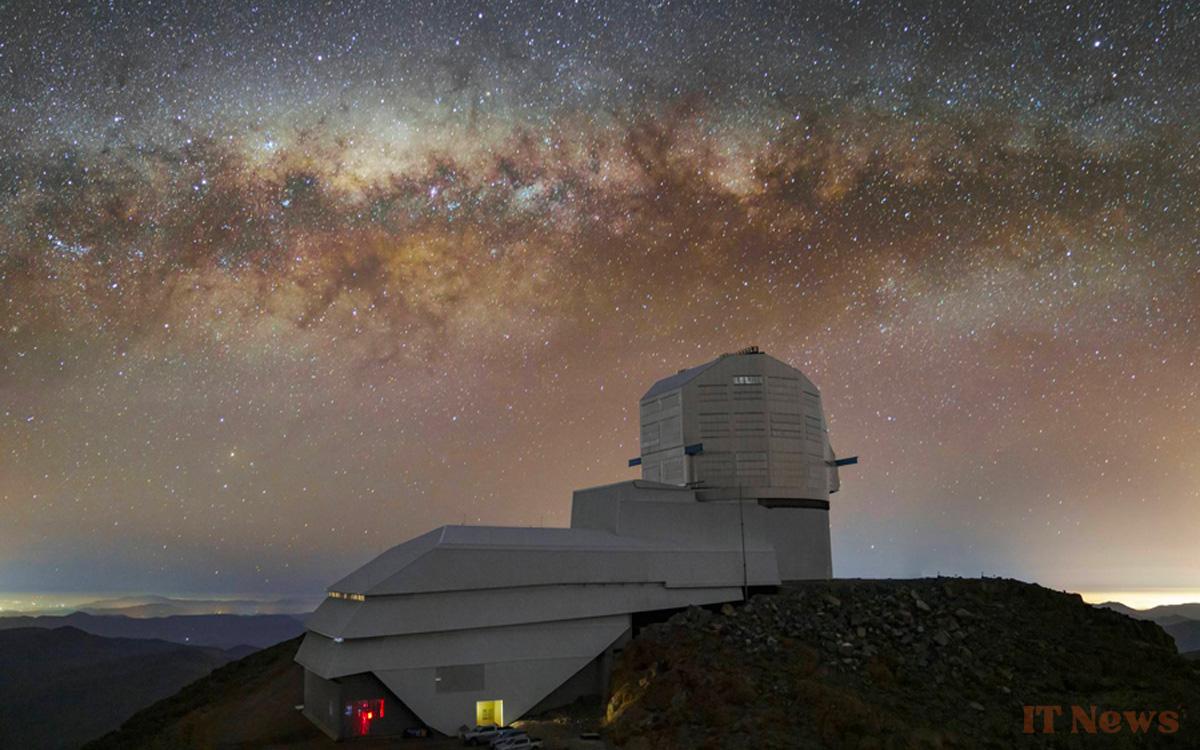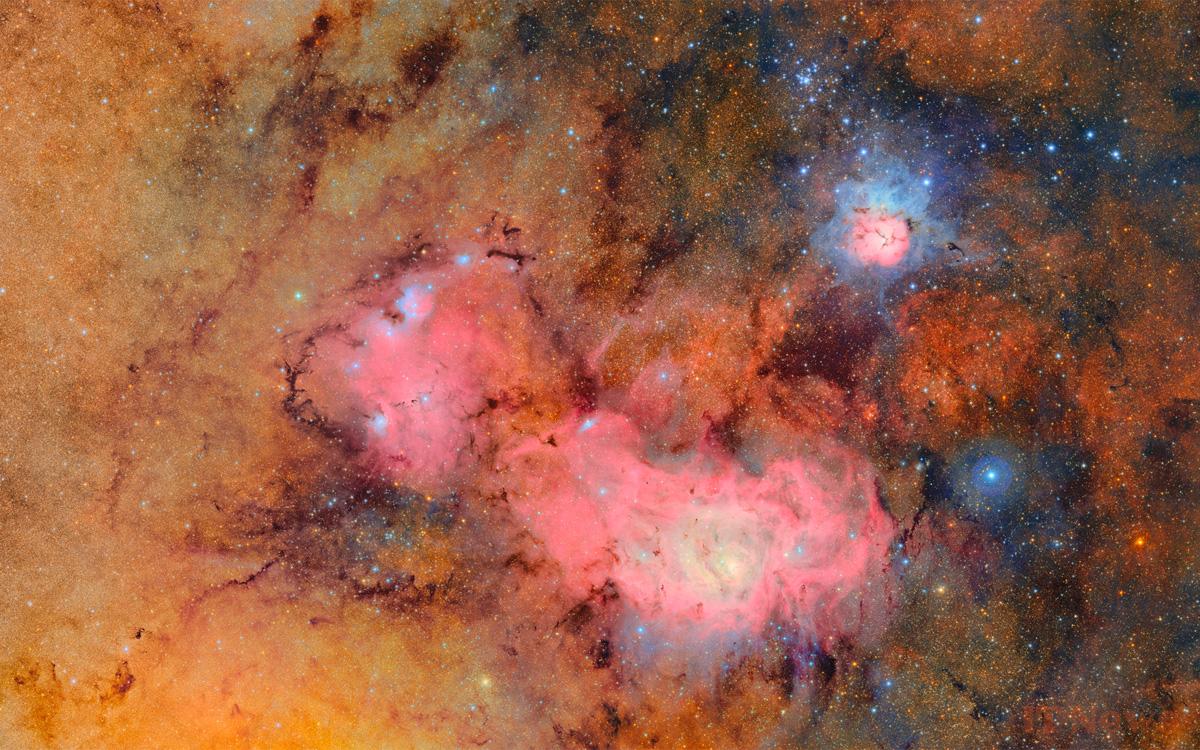The Vera-C Rubin Observatory has just shared the first images of space captured with its revolutionary telescope. Incredible shots that demonstrate the device's exceptional capabilities.
While aerospace enthusiasts are still recovering from the explosion at the SpaceX test center, they will be able to take comfort in the first images from the Vera-C Rubin Observatory. This American facility, nestled at an altitude of over 2,600 meters in the Chilean mountains, will be tasked with mapping the skies across the entire southern hemisphere over the next 10 years.
It will also be used to detect asteroids that are potentially dangerous to Earth, as well as to gather information on dark matter. This is hardly surprising, since the Observatory takes its name from the American astronomer who discovered its existence.
A truly revolutionary telescope
To reach the quota of 800 images per day, the Observatory can rely on exceptional equipment. Namely, a truly revolutionary telescope. Designed entirely by the SLAC National Accelerator Laboratory, an institution managed by the US Department of Energy, it notably includes a giant (nearly 3 tons!) 3200 MP digital camera. To give you an idea, that's 67 times more than the iPhone 16 Pro's camera!
And to achieve such resolution, the device relies on a unique design based on three mirrors. Simply put, light enters the telescope from the night sky, then hits the 8.4-meter diameter primary mirror, reflects off the second (3.4 meters) and the last 4.8-meter mirror before reaching the camera. “Its field of vision is so wide and its frame rate so fast that it really feels like you're watching a movie about the night sky,” says Dr. Sandrine Thomas, a scientist associated with the project.
The Observatory shares its first incredible images
Obviously, the general public was eager to know what it had in store. It's now done. This Monday, June 23, 2025, the Vera-C Rubin Observatory has just shared the first three images captured with its brand new telescope. “When we took the first photo here, it was a special moment,” says Guillem Megias, an optics expert at the Observatory.
We can completely understand his enthusiasm, as the shots are so impressive. In the first image, we can see a vast field of interacting galaxies, connected by sublime streams of stars. In the other two, we can marvel at this “cosmic tapestry of bright brown and pink gas clouds, dotted with bands of dark dust.” These exceptional photos show part of the Virgo Cluster, then the Trifid and Lagoon Nebulae (constellation of Sagittarius). Three images to mark the beginning of a new era for astronomy.
Source: BBC







0 Comments